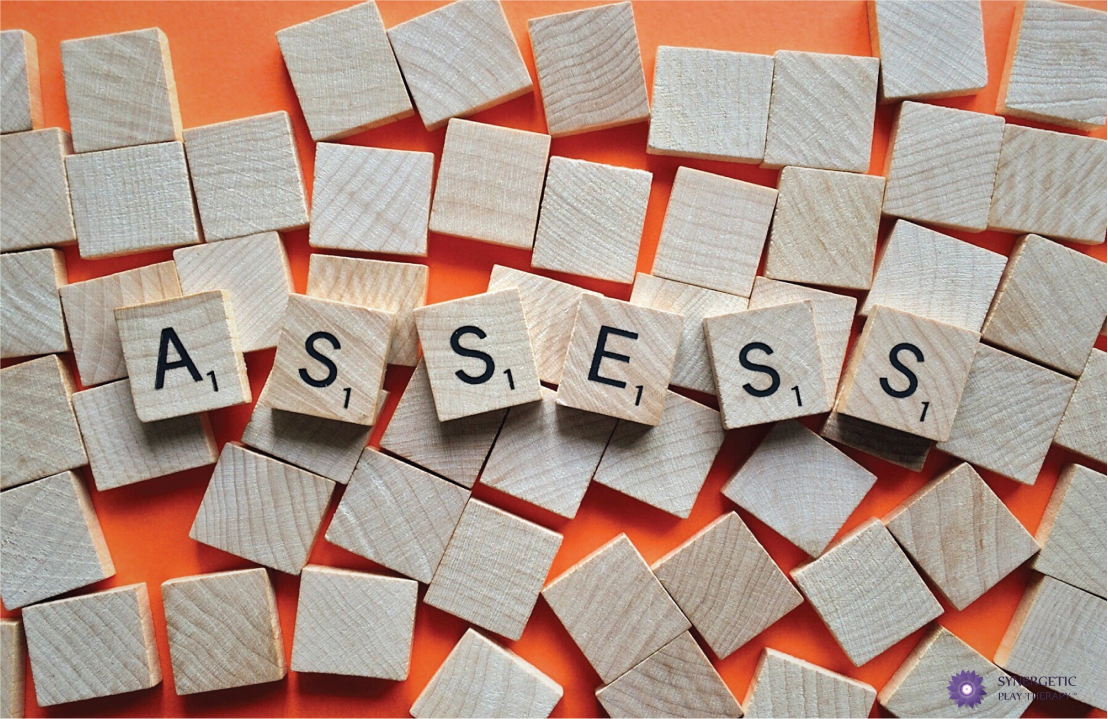By Lisa Dion, LPC, RPT-S
Some theories of thought suggest that games should be kept out of the playroom and certain therapists abide: they don’t remember Memory, they’re sour on Candyland, they check Checkers at the door. Other therapists welcome games as tools of both intervention and assessment. It’s easy to see why: games are something kids naturally gravitate towards. They invoke familiarity, for one thing: most kids play them regularly and have basement cabinets full of their own.
But what kinds of games belong in the playroom? As the therapist, it’s up to you to decide. However, there are certain ones most popular among clinicians. These include Chutes and Ladders, Memory, card games, Candyland, Chess, Uno, Checkers, games played with balls, structured games, and topic-specific games that deal with things like anger or divorce.
The game a child chooses offers us insight into their inner world. For starters, it tells us about their emotional age: a preteen who opts to stroll through the Lollipop Woods of Candyland is presenting at an age much younger than their developmental one. This can provide us with a piece of the puzzle, helping us understand the emotional age they are trying to heal. After all, kids tend to regress to the age they were when their problem commenced.
They offer us other tools of assessment too. Chutes and Ladders, for example, is a game filled with uncertainty and hypervigilance. It’s also a game filled with little control. One minute you’re about to win, the next you’re sent backward: you’re forever at the mercy of the spinner telling you how many steps you are supposed to take. This makes it a good game to assess a child’s ability to handle the unpredictable.
Metaphor is another thing to keep in mind. Often, the way kids interact in a game represents something larger. A kid who passes a ball back and forth may pass that ball in a way reflective of their relationship with others. Do they throw it hard? Do they throw it when you’re not looking? Are they gentle and concerned with throwing a pass that’s catchable? Do they not pass the ball at all? Is there equal give and take?
More than anything, it’s important for us to realize that whatever game a child is playing, they’re doing more than going through the motions: they’re giving us knowledge. They’re telling us how they view themselves and their challenges.
They provide this insight, in part, by setting the therapist up; they show you how they feel by interacting with you in a way that helps you feel what is going on inside of them (a Synergetic Play Therapy Tenet). And this clues you into what their nervous system is doing and what they are emotionally experiencing inside.
When you crack open a board game, you ready yourself for loads of information. If we let go of how the game is supposed to be played and allow it to become whatever the child needs it to become, we will begin to discover what is happening between the child and the game, between the child and the therapist, and between the therapist and the game. And that’s what makes games so therapeutic inside the playroom. They’re not just about play, but the child’s perceptions about themselves and their world too.
Interested in credits and courses delivered to your living room? Take a look at all our classes, available on our learning site.





